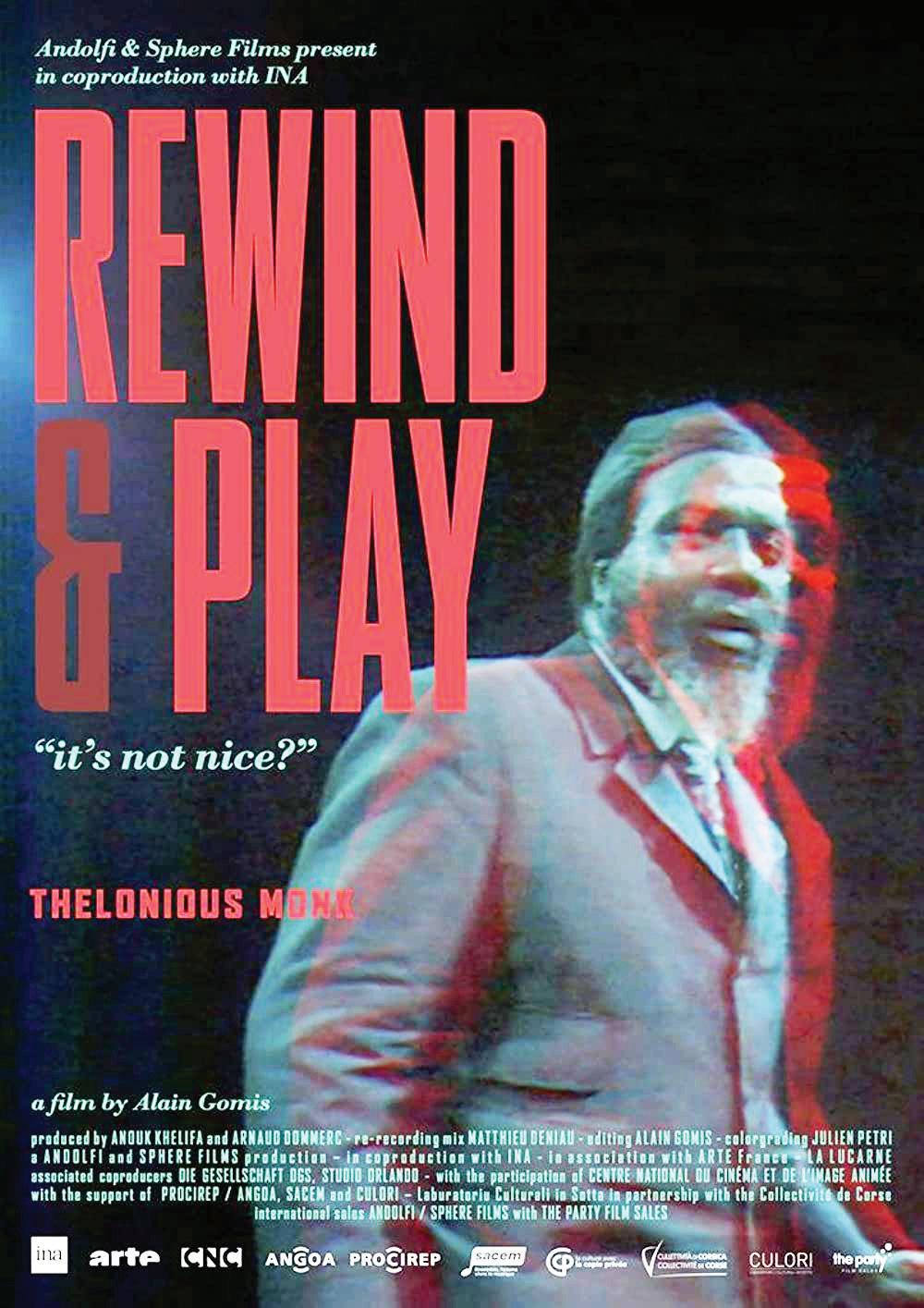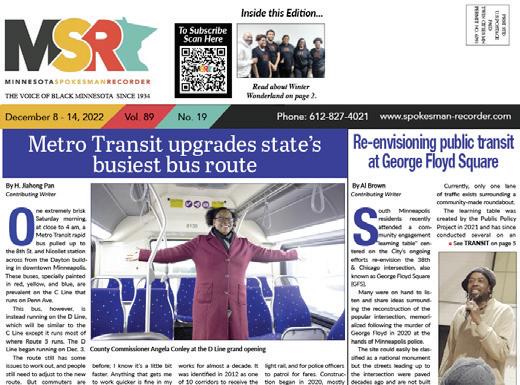
1 minute read
Advertise with
would expect. Monk is given free and virtually uninterrupted reign on the piano, and the viewer gets a close, unfettered look at the artist as he works.
There are extreme close-ups revealing Monk’s intense focus. The camera captures uncomfortable shots of Monk who, dressed in a dark suit and hat and playing under hot studio lights, has rivulets of perspiration pouring down his face.
Somewhat at odds with the image that had been promoted, “Rewind & Play” also reveals Monk as just a normal human being in possession of great talent. “He had been marketed as a weird genius,” stated Gomis. “Almost crazy, inaccessible. Maybe this helped in some ways, but it blocked him in others, putting him in the box of experimental, avant-garde, intellectual music.”
“Rewind & Play” does offer a much more accessible experience for the viewer. “He was always trying to be present, original, truthful, and if you want to be truthful you have to find your own way of saying things. He wasn’t crazy at all. He was one of the most honest men in his behavior and relationship to people.”

Then there is how the film is extraordinary in a way one would not expect. “Rewind & Play” starkly shows how Monk, as a Black musician, is controlled by Renaud.
The viewer is also deliberately manipulated, if not lied to. At a certain point, Monk ceases to play and Renaud interviews him about his life as a musician. He asks about Monk’s experiences in France, and Monk alludes to experiencing some discrimination in what he gets paid and in other ways. Renaud quickly jumps in to dissuade Monk from revealing this negative information. He also instructs someone off-screen to make sure that bit of footage doesn’t make it to the final version of the show.
“I think it’s best we erase it,” Renaud says. “What [Monk] is saying is really derogatory.” It’s a disappointing turn of events in terms of the casual way that racism is denied and erased because it doesn’t fit the narrative Renaud is selling.
States Gomis, “Thelonious Monk becomes the main obstacle in telling his own story. They already have a story and it’s about a society so proud of itself to show somebody like Thelonious Monk on TV. What he said doesn’t fit with the image they want to show. They see this as for his own good, which is really special and sometimes revolting.”
Gomis also stated that he saw making this documentary as a way to give the public “the possibility of access to Monk’s music in a deeper way.” Despite its drawbacks, the film does just that and is a must-see for anyone curious about the artistry of one of jazz’s greatest legends.
Nadine Matthews welcomes reader comments to nmatthews@ spokesman-recorder.com.











